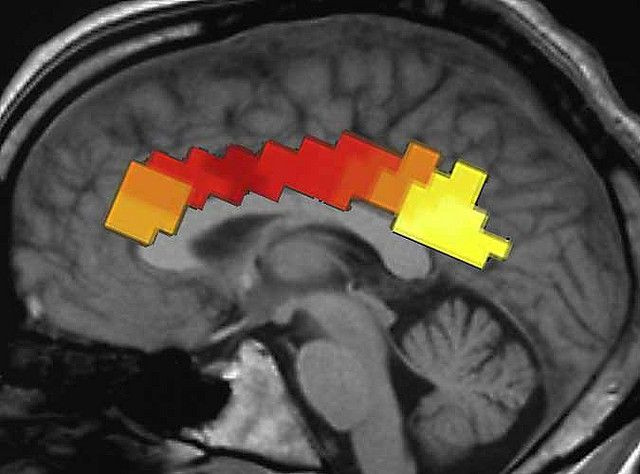Autism Awareness: Disorder Begins Before Brain Is Fully Developed, Making Risks From Vaccinations Impossible

Scientists from the University of California, San Diego, have published a study that gives definitive proof that autism begins during pregnancy, while the brain is still forming, and not as the result of social or environmental factors post-childbirth.
Researchers from the University’s School of Medicine and the Seattle-based Allen Institute for Brain Science argue their findings erase all doubt that autism is somehow influenced by factors after a mother gives birth. While influencing factors may contribute to the disorder’s development in utero — such was the case of a 2013 Harvard School of Public Health study that found air pollution may raise a child’s risk — the UCSD team state the evidence is crystal clear.
“Building a baby’s brain during pregnancy involves creating a cortex that contains six layers,” said Eric Courchesne, neurosciences professor and director of the Autism Center of Excellence at UCSD, in a statement. “We discovered focal patches of disrupted development of these cortical layers in the majority of children with autism.”
Courchesne and his colleagues analyzed 25 genes from 22 children, post-mortem. Knowing that certain genes develop at different points in time, reflected in their place within the six cortical layers, similar to the rings on a tree, the team searched for specific genes that act as markers. These included genes marking certain cell types in each cortex layer, genes implicated with autism, and control genes.
When the researchers looked for each gene marker, what they found was a startling difference in the half of children who had autism and the half that didn’t. “The most surprising finding was the similar early developmental pathology across nearly all of the autistic brains,” explained Dr. Ed Lein, co-researcher from the Allen Institute. This was especially true given the diverse mix of symptoms in the 11 autistic children “as well as the extremely complex genetics behind the disorder,” he added.
As one of the great medical mysteries of our time, autism has been growing steadily in prevalence over the last decade. According to the Centers for Disease Control and Prevention (CDC), autism spectrum disorders — the umbrella term that includes low-functioning autism to high-functioning Asperger’s — have risen from one in 150 children in the year 2000 to one in 88 by 2008. Autism disorders are nearly five times more common in boys (one in 54) than in girls (one in 252).
But these trends aren’t reflected in other parts of the world. Asia, Europe, and other parts of North America display far lower prevalence rates, sometimes as low as one percent, which presents U.S. researchers with a curious challenge. There are no blood tests to diagnose autism, and behavioral observation is by nature imperfect. Some say we over-diagnose, especially on the higher-functioning end. Some say America’s obsession with vaccinations is to blame. So the question remains: How do stop something if we don’t fully know what it is?
The present research may not offer any insights into that question, but it can help explain its opposite, specifically, what autism isn’t. Given the development of gene markers in still-developing cortical layers, autism is not a product of a child’s exposure to the environment after birth.
This doesn’t rule out maternal exposure during gestation or earlier, but it does go a long way toward quieting many of today’s critics. The team found many of the defected patches were in regions commonly associated with autism, such as the frontal and temporal cortex, which underlie a person’s speech and language abilities.
“The finding that these defects occur in patches rather than across the entirety of cortex gives hope as well as insight about the nature of autism,” Courchesne said. If children with focal patch defects can work around their impairments and form new wiring systems while the brain is still malleable enough, doctors may be able to override the default settings made during pregnancy and, ultimately, restore the child’s brain to normal levels of functioning.
Source: Stoner R, Chow M, Boyle M, et al. Patches of Disorganization in the Neocortex of Children with Autism. NEJM. 2014.



























